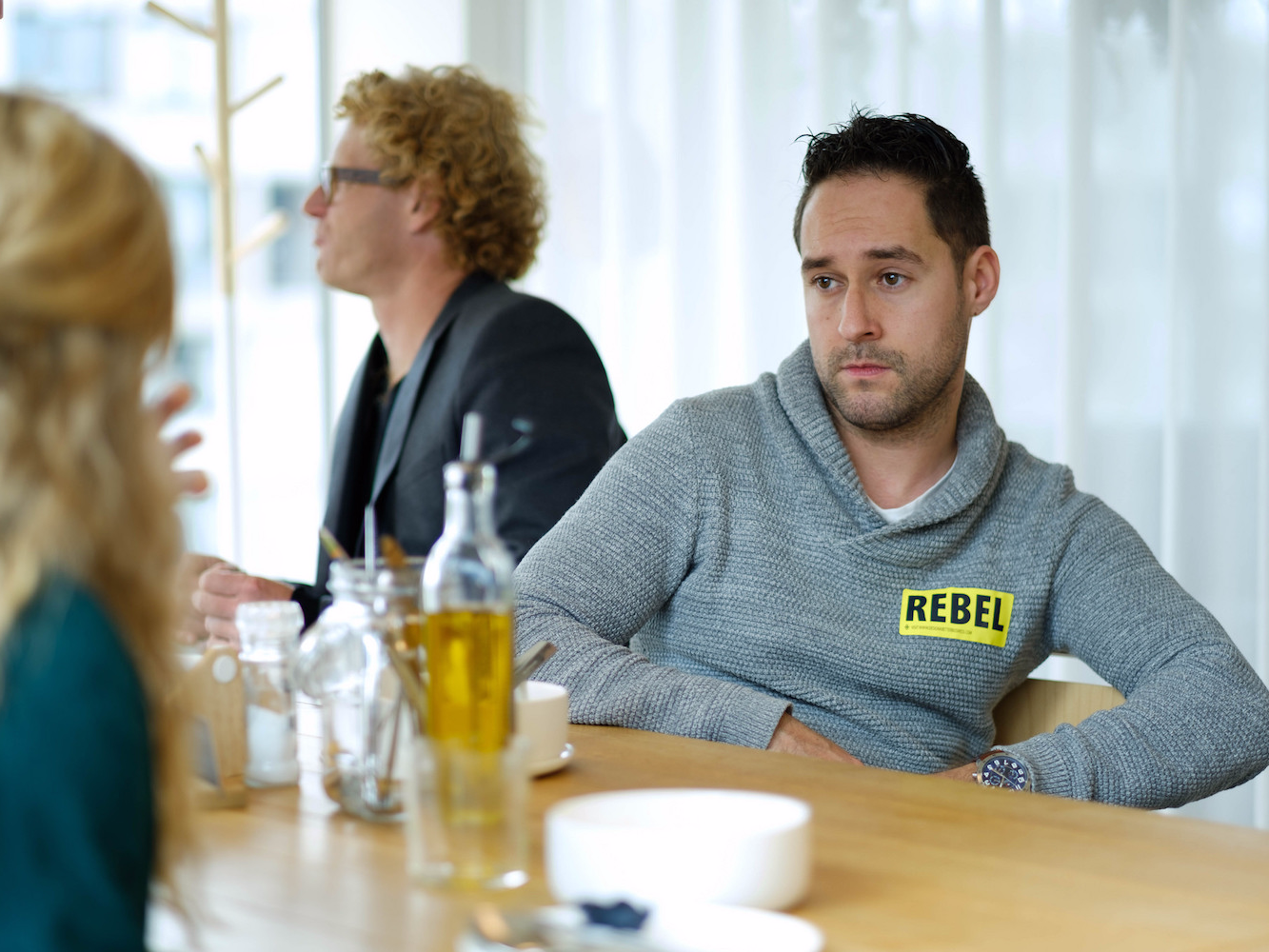- Communication is the one of the most important skills in business.
- The key to good communication is actively listening when engaged in a conversation.
- To show others that you’re actively listening, enter meetings by asking what the other people in attendance plan to achieve, before jumping into your own agenda.
- Look the speakers in the eye when they’re talking, and focus on content of the conversation – not on their delivery.
- Work hard to uncover the core nugget in the speakers’ messages, summarize the key points, and follow up to show you actually listened to what they had to say.
When I was the senior vice president and general manager of the Oracle Data Cloud, I once hosted a vendor who wanted to market data through our platform. The salespeople pitched to us before they even understood what we did. Their examples not only were irrelevant to our services, but also highlighted our competitors. If they had only listened to our needs before diving in, we could have enjoyed a productive conversation. Instead, they left without a signature.
Active listening could have saved that deal.
When someone concentrates fully on a conversation, considers the content, and demonstrates an understanding of the message, the person on the other side feels valued – and is more likely to be agreeable. Bad listeningcreates the opposite effect.
Strong conversational skills aren’t just for salespeople, though. Everyone – from CEOs and product managers to newly minted college graduates – could use a crash course inthe forgotten artof active listening.
Don't just hear someone - listen to them.
Active listening is beneficial for everyone engaged in a conversation. The speaker feels appreciated, and the listener retains more information and earns favor from the speaker. Everyone wins.
Gallup research has found that themajority of employeesfeel disengaged at work. A commitment to active listening could help leaders and co-workers repair that disconnect and boost engagement rates within their teams. Here are five ways to get started.
1. Don't monopolize the conversation.
Too often, we enter meetings with only our own agendas and goals in mind. Instead, we should enter and ask questions about what others aim to achieve. If you leave the meeting concerned that you didn't fulfill all your desires - that's OK. Just prioritize those points for next time.
This approach can lead to less talking, more listening, and a better outcome for all.
2. Focus on the speaker, and look him in the eye.
If seeing is believing, then looking someone in the eyes is a good way to maintain engagement. The same goes for video calls, so look into the camera when you speak.
3. Appreciate first; judge later.
It's easy to tune out people who lack conversational finesse. But just because they don't sound like Winston Churchill doesn't mean their points are invalid. Rather than rush to judgment, focus on the content of the conversation and look for the value in their words.
The less you get distracted by speakers' deliveries, the better you can listen to the content of their messages.
4. Summarize and develop key points.
This technique works wonders in meetings: Work hard to uncover the core nugget in the last speaker's message, then contribute a valuable point beyond it. Your focus on building up the conversation not only proves you are listening, but also forces you to stay engaged.
5. Finally, follow up.
The most overlooked part of listening is the follow-up.
Send a clear, concise recap message that summarizes all the important parts of the meeting. Doing so demonstrates that you listened closely and considered the content of the conversation important. If taking accurate notes and summarizing action items isn't your strong suit, try using an in-meeting AI approach.
By implementing these tips, you can revive the lost art of listening and become the best listener you know. Just try not to talk about it too much.
Omar Tawakol is the CEO of Voicera (formerly Workfit), a company that helps businesses harness the power of voice. Voicera uses AI and voice as the currency for communication, transforming meetings into productive collaborative sessions. He is also the founder and former CEO of BlueKai, and he previously served as senior vice president and general manager of the Oracle Data Cloud.

